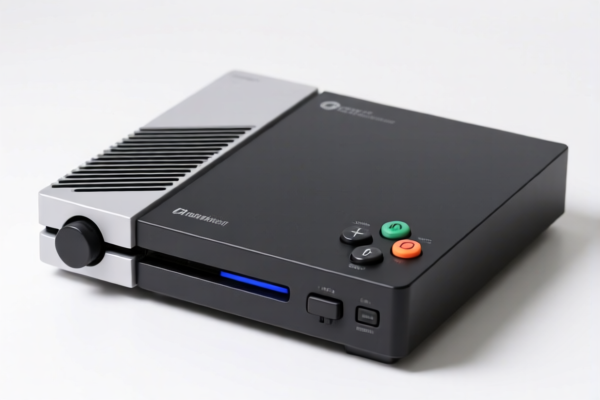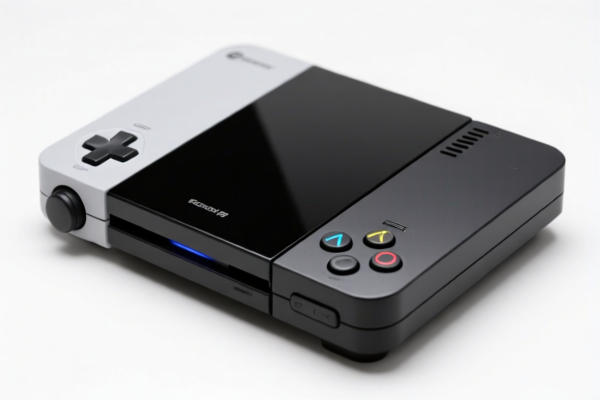| HS Code | Official Doc | Tariff Rate | Origin | Destination | Effective Date |
|---|---|---|---|---|---|
| 9030310000 | Doc | 55.0% | CN | US | 2025-05-12 |
| 9030908961 | Doc | 55.0% | CN | US | 2025-05-12 |
| 9031808060 | Doc | 30.0% | CN | US | 2025-05-12 |
| 9031808070 | Doc | 30.0% | CN | US | 2025-05-12 |
| 8543708000 | Doc | 55.0% | CN | US | 2025-05-12 |
| 8543709860 | Doc | 57.6% | CN | US | 2025-05-12 |
| 8526100040 | Doc | 55.0% | CN | US | 2025-05-12 |
| 8526910040 | Doc | 55.0% | CN | US | 2025-05-12 |




Handheld Frequency Meter
A handheld frequency meter is a portable instrument used to measure the frequency of electrical signals. These devices are commonly employed by technicians, engineers, and hobbyists for a wide range of applications requiring precise frequency determination.
Material:
- Housing: Typically constructed from durable plastic (ABS, polycarbonate) for impact resistance and portability. Some models utilize rubber over-molding for enhanced grip and protection.
- Internal Components: Utilize integrated circuits (ICs), microcontrollers, and quartz crystals for accurate frequency counting and processing. Digital displays (LCD or OLED) present the measured values.
- Input Connector: Commonly BNC connectors for connecting probes and signals. Some may include banana jacks or alligator clips for simpler connections.
- Power Source: Usually battery-powered (AA, AAA, or rechargeable lithium-ion) for portability.
Purpose:
The primary purpose of a handheld frequency meter is to accurately determine the number of cycles per second (Hertz) of an electrical signal. This measurement is crucial for analyzing and troubleshooting various electronic systems.
Function:
Frequency meters operate by counting the number of times a signal crosses a specific voltage threshold within a given time interval. The internal circuitry divides this count by the time interval to calculate the frequency. Modern frequency meters often employ reciprocal counting techniques for increased accuracy. Key functional aspects include:
- Input Impedance: High input impedance minimizes loading effects on the circuit being measured.
- Frequency Range: Covers a wide spectrum of frequencies, from a few Hertz to several Megahertz or even Gigahertz, depending on the model.
- Display Resolution: Displays frequency values with a high degree of precision (e.g., 0.1 Hz resolution).
- Triggering: Allows synchronization of the measurement with a specific event or point on the waveform.
- Data Hold: Freezes the displayed value for convenient recording.
- Auto-Range: Automatically selects the appropriate frequency range for the input signal.
Usage Scenarios:
- Electronics Repair: Troubleshooting and verifying the frequency of oscillators, signals, and waveforms in electronic devices.
- Automotive Diagnostics: Measuring the frequency of engine signals, such as crankshaft position sensors and fuel injector pulses.
- HVAC Systems: Analyzing the frequency of power supply signals and motor control signals.
- Telecommunications: Measuring the frequency of radio signals and communication waveforms.
- Power Systems: Monitoring the frequency of AC power lines.
- Education and Research: Used in laboratories for frequency analysis and experimentation.
- Industrial Maintenance: Checking the frequency of industrial control systems and machinery.
Common Types:
- Basic Frequency Meters: Provide fundamental frequency measurement capabilities.
- Digital Frequency Counters: Offer higher accuracy, resolution, and additional features such as totalizing and frequency ratio measurement.
- Frequency Meters with Totalizing: Accumulate the total number of cycles over a period of time.
- Frequency Meters with Data Logging: Record frequency measurements over time for analysis.
- Frequency Meters with Harmonic Analysis: Analyze the harmonic content of a signal.
- Benchtop Frequency Meters (Portable): Larger, more feature-rich instruments designed for portable use but offering more advanced capabilities than handheld models. These often include multiple input channels and more extensive display options.
- Clamp-on Frequency Meters: Measure frequency by detecting the magnetic field around a conductor, useful for non-contact measurement of power line frequency.
Handheld frequency meters are measuring instruments used to determine the frequency of electrical signals. Based on the provided information, several HS codes may be relevant depending on the specific features and application of the meter.
Here are the potentially applicable HS codes:
- 9030310000: This code covers Oscilloscopes, spectrum analyzers and other instruments and apparatus for measuring or checking electrical quantities, excluding meters of heading 9028; instruments and apparatus for measuring or detecting alpha, beta, gamma, X-ray, cosmic or other ionizing radiations; parts and accessories thereof: Other instruments and apparatus, for measuring or checking voltage, current, resistance or power (other than those for measuring or checking semiconductor wafers or devices): Multimeters, without a recording device. A handheld frequency meter, if functioning as a multimeter without recording capabilities, could fall under this classification.
- 90: Measuring or checking instruments, appliances and machines, not specified or included elsewhere in this chapter; profile projectors.
- 30: Instruments and apparatus for measuring or checking electrical quantities.
- 31: Other instruments and apparatus, for measuring or checking voltage, current, resistance or power (other than those for measuring or checking semiconductor wafers or devices).
- 9030908961: This code covers Oscilloscopes, spectrum analyzers and other instruments and apparatus for measuring or checking electrical quantities, excluding meters of heading 9028; instruments and apparatus for measuring or detecting alpha, beta, gamma, X-ray, cosmic or other ionizing radiations; parts and accessories thereof: Parts and accessories: Other: Other Other. If the handheld frequency meter is being imported as a part or accessory for a larger instrument, this code may be applicable.
- 90: Measuring or checking instruments, appliances and machines, not specified or included elsewhere in this chapter; profile projectors.
- 30: Instruments and apparatus for measuring or checking electrical quantities.
- 90: Parts and accessories.
- 89: Other.
- 61: Other Other.
- 8543708000: This code covers Electrical machines and apparatus, having individual functions, not specified or included elsewhere in this chapter; parts thereof: Other machines and apparatus: Other: Microwave amplifiers. If the handheld frequency meter incorporates microwave amplification technology, this code might be relevant.
- 85: Electrical machines and apparatus.
- 43: Electrical machines and apparatus, having individual functions, not specified or included elsewhere in this chapter.
- 70: Other machines and apparatus.
- 80: Other.
According to the provided reference material, the HS code options related to 'handheld frequency meter' are limited, with only the following 3 found.
Customer Reviews
This page was a lifesaver! I needed info on HS Code 3925 for plastic doors and got all the details I needed.
The tariff rate breakdown was spot on, but I found the trade regulations a bit confusing. Still, it was worth the read.
Finally a site that explains HS Code 3925 in simple terms. Made exporting plastic doors to the US a breeze.
The tariff rates are clearly listed, but I wish there was a comparison with other countries. Still, it's a solid reference.
I was looking for details on plastic builder’s doors and found exactly what I needed. Great resource for importers.